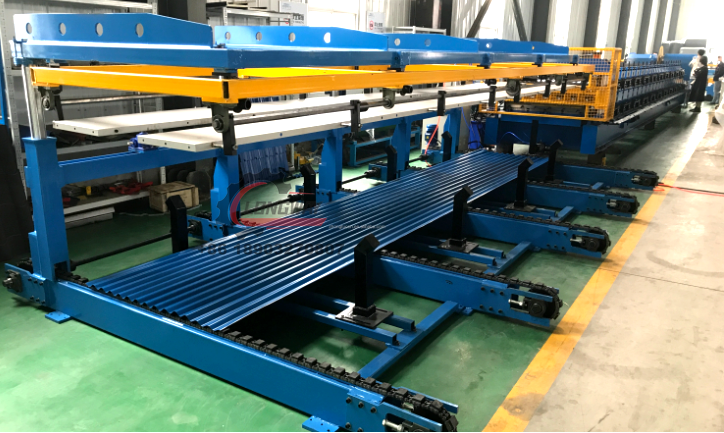Calculating the Expenses of Auto Stacker Equipment for Your Business Needs
Understanding the Cost of Auto Stackers A Comprehensive Analysis
Auto stackers, also known as automated storage and retrieval systems (AS/RS), have become integral to modern warehouses and distribution centers. They enhance efficiency, optimize space, and ensure accuracy in material handling. However, one of the most critical considerations for businesses looking to implement an auto stacker system is the total cost involved. This article explores the various factors that influence the cost of auto stackers and provides insights into making an informed investment decision.
Initial Investment Costs
The primary expense when acquiring an auto stacker is the initial purchase price. The cost can vary significantly based on the system's complexity, size, and capacity requirements. On average, a basic auto stacker system can start from $100,000, while more advanced configurations can exceed $1 million. Factors contributing to this price variation include
1. System Design and Specifications Custom-designed systems tailored to specific warehouse layouts or unique operational requirements will typically cost more. Businesses must carefully evaluate their needs to minimize unnecessary expenses.
2. Material Handling Equipment In addition to the auto stacker, businesses may need to invest in supplementary equipment like conveyors, racking systems, and automated guided vehicles (AGVs), which can dramatically increase total costs.
3. Integration and Installation Proper integration with existing systems is crucial for seamless operations. The cost of installation services can range from a few thousand to tens of thousands of dollars, depending on the project's complexity.
Operating Costs
Operating an auto stacker involves ongoing expenses that companies must account for in their budgeting. These costs can include
1. Maintenance Regular maintenance is essential for the long-term reliability of auto stackers. Businesses should budget for routine inspections, servicing, and any potential repairs. This can average around 5-10% of the initial purchase cost annually.
auto stacker cost

2. Energy Consumption Automated systems often use significant electricity, especially if they are in operation 24/7. Understanding the power requirements and potential energy-saving measures can help mitigate these ongoing costs.
3. Labor Costs While auto stackers reduce the need for manual labor, trained personnel are still essential for overseeing operations, conducting maintenance, and managing inventory. Businesses should consider whether they need to increase staff or provide additional training for existing employees.
Return on Investment (ROI)
While the upfront and ongoing costs of auto stackers may seem daunting, it is essential to evaluate the potential return on investment. Auto stackers can lead to significant savings and efficiency improvements, such as
1. Increased Storage Density Automated systems maximize vertical space and can effectively double or triple storage capacity, allowing businesses to store more goods without expanding their physical footprint.
2. Improved Order Accuracy Automation reduces the risk of human error in picking and storing items, leading to fewer returns and improved customer satisfaction.
3. Faster Throughput Auto stackers can operate at higher speeds than human workers, resulting in quicker order processing and fulfillment times. This efficiency often translates to increased sales and revenue.
Conclusion
Investing in an auto stacker system is a substantial commitment that requires careful consideration of various factors beyond just the initial purchase price. By analyzing the total cost of ownership, including initial investments, operating expenses, and potential ROI, businesses can make informed decisions that align with their operational goals. As the e-commerce landscape continues to evolve and demand for efficient logistics solutions grows, auto stackers offer a compelling option for businesses looking to enhance their warehouse operations. The key is to thoroughly assess needs, budget appropriately, and explore the benefits that automation can bring to the table. Ultimately, the right auto stacker system can pave the way for improved efficiency, greater accuracy, and enhanced profitability in the long run.
-
Roof Panel Machines: Buying Guide, Types, and PricingNewsJul.04, 2025
-
Purlin Machines: Types, Features, and Pricing GuideNewsJul.04, 2025
-
Metal Embossing Machines: Types, Applications, and Buying GuideNewsJul.04, 2025
-
Gutter Machines: Features, Types, and Cost BreakdownNewsJul.04, 2025
-
Cut to Length Line: Overview, Equipment, and Buying GuideNewsJul.04, 2025
-
Auto Stacker: Features, Applications, and Cost BreakdownNewsJul.04, 2025
-
Top Drywall Profile Machine Models for SaleNewsJun.05, 2025








